Alcid seabirds are black above and white below. This is called countershading, so they blend with the dark water from above and blend with the light sky from below, all to avoid predators. In the winter these species commonly live offshore, away from land, and are seldom seen from the Vineyard. But they do not always read their instruction manual, and strong oceanic winds may blow them to the land.
On Jan. 20 Lanny McDowell found a dovekie in Menemsha Harbor. This small alcid is one of the two species we see most frequently. This one undoubtedly got blown in to land by the strong southwesterly winds that were blowing that day. While this individual was safely swimming in the harbor, such strong winds can be lethal because once on land this small seabird is unable to launch itself into flight to get to the safety of the water. If you find one of these alcids on dry land, please transport it immediately — if not sooner — to one of our large coastal ponds.
The wind was not particularly strong on Feb. 3, but they still produced three sightings of other alcids. Brian Packish spotted a dovekie off Wasque. The next thing he observed was the little dovekie being carried away by some kind of hawk — possibly a peregrine falcon — which plucked it right off the water’s surface! So much for countershading.
On State Beach that afternoon, I was searching (unsuccessfully) for the snowy owl and I walked down a foot path near the Oak Bluffs side handicapped-access parking area. A dead razorbill was lying there on the sand. Razorbills are perhaps the most commonly sighted alcid, as they may be found in small numbers off West Chop and other beaches around the Island.
But the most unusual alcid sighting was of a thick-billed murre found high and dry, sitting on the gas station dock in Menemsha Harbor on Feb. 3. The crew of Luanne Johnson, Allan Keith, Nancy Weaver and Margaret Curtin knew what to do, and immediately transported the murre to the nearby harbor and released it into the water. When picked up, this bird seemed to be lighter than it perhaps ought to be, but how long had it been sitting on the dock? It is next to impossible for this bird to eat when it is on land, even with the nearby seafood markets.
Bird Sightings
Brian Packish may have set a record for the Vineyard. On Feb. 3 he spotted a dozen snowy owls on down-Island beaches. And there are likely another four to six snowies up-Island. We are experiencing an influx of these ever-popular owls, as there were only 10 of them spotted over the entire Island on the Dec. 29 Christmas Bird Count.
Bald eagles are also on the Island in larger than usual numbers. Chris Carroll found three of them together on Edgartown Great Pond on Feb. 5. One of them was a subadult with only a few brownish feathers on its otherwise white head. The other two were immature birds that are mostly dark brown. John Nelson observed the subadult and a juvenile at Wilson’s Landing on Edgartown Great Pond on Feb. 3, and Martha Moore spotted the subadult on Tisbury Great Pond on Feb. 1. Gus Ben David had the subadult fly over his house last week. These eagles are fairly sociable at this time of the year, and seeing multiple eagles together is not uncommon. Keep watching for them, as they could show up anywhere.
Danguole Budris spotted a great blue heron at Sepiessa Point on Feb. 5. Nice to hear that some have stayed here despite the extreme cold a month ago.
Common mergansers are uncommon visitors (what is in a name?), but Lanny McDowell found two females on Seth’s Pond on Feb. 3. We see small numbers of them every winter, but they usually are restricted to some of the south shore’s freshwater ponds and coves. The much more abundant red-breasted merganser females are very similar, but the sharp line dividing the dark neck from the white breast is diagnostic of the common merganser.
On to the landbirds. Jeff Bernier found a flock of horned larks in the fields of the Farm Institute on Jan 31. Gus Ben David reports that every afternoon eight eastern bluebirds and 10 pine warblers visit the feeders in his yard. There is a lot of variation in these largish warblers — they range from a drab greenish to bright yellowish on their undersides. He also has dark-eyed juncos, American goldfinches, white-breasted nuthatches, and black-capped chickadees. But he has not seen any house finches in about one month. They are scarce this winter although four of them showed up at my feeder on Feb. 4.
Are they winter residents or migrants? Diane Crane reports four male red-winged blackbirds in her Oak Bluffs yard on Feb. 4. They could be individuals that are attempting to survive the winter here, but they could also be migrants from the south, although it seems too early.
Robins at this time of the year are undoubtedly winter residents from further north, but it still is nice when a flock of them shows up in your yard. Sharon Simonin reports such a flock visiting her yard on Feb. 5.
Norma Holmes reports seeing a northern harrier hunting along State Beach, and she has had a Cooper’s hawk hunting near her bird feeders (sunflower seed is not what it was after). She also reports that cardinals are less common this year; she sees a couple of them rather than the two dozen of last winter.
Our many winter residents are here. Please report your sightings in this new year to birds@mvgazette.com.
Robert Culbert is an ecological consultant living in Vineyard Haven.

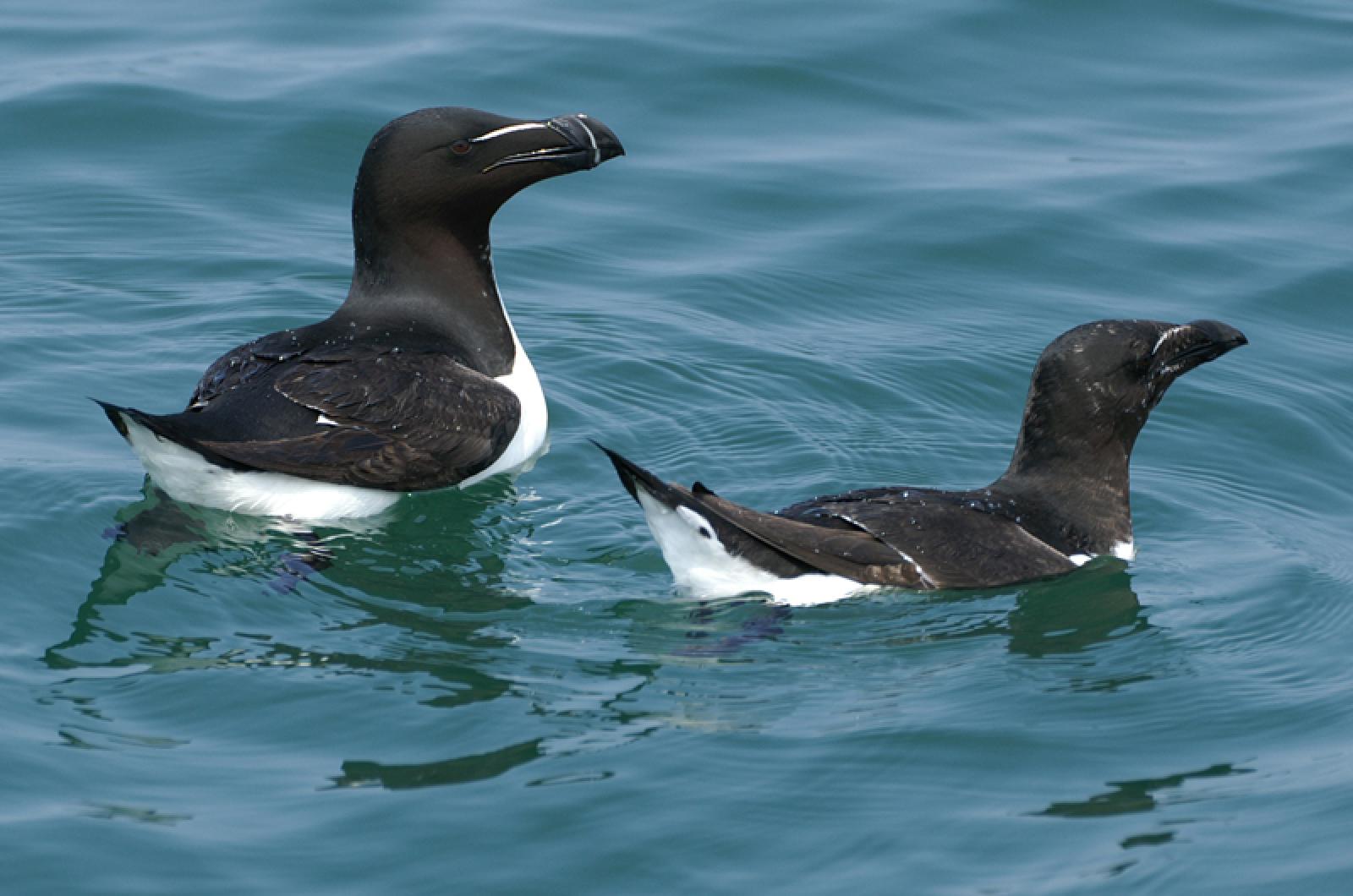
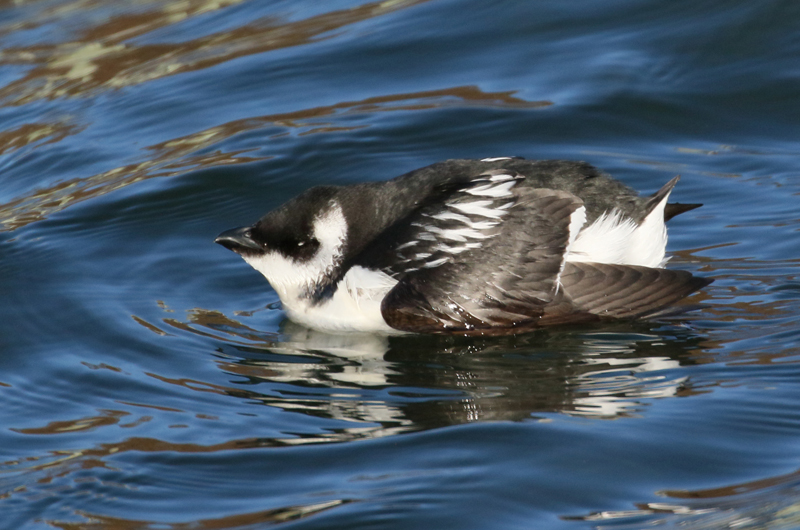
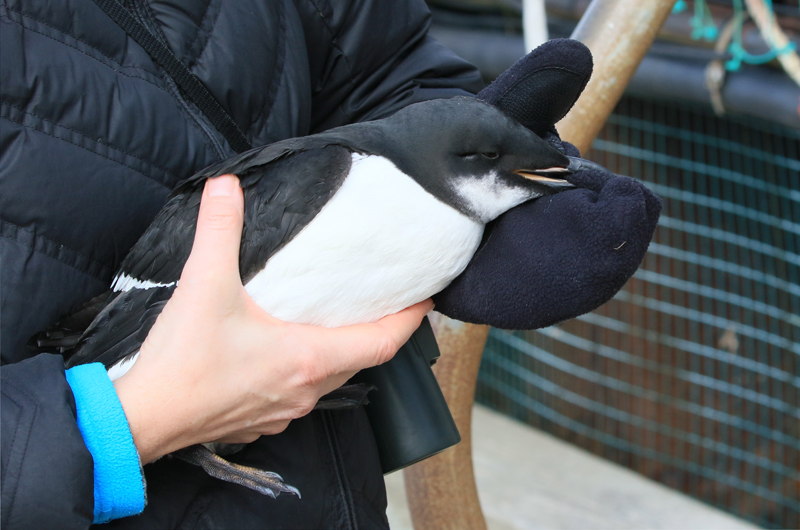
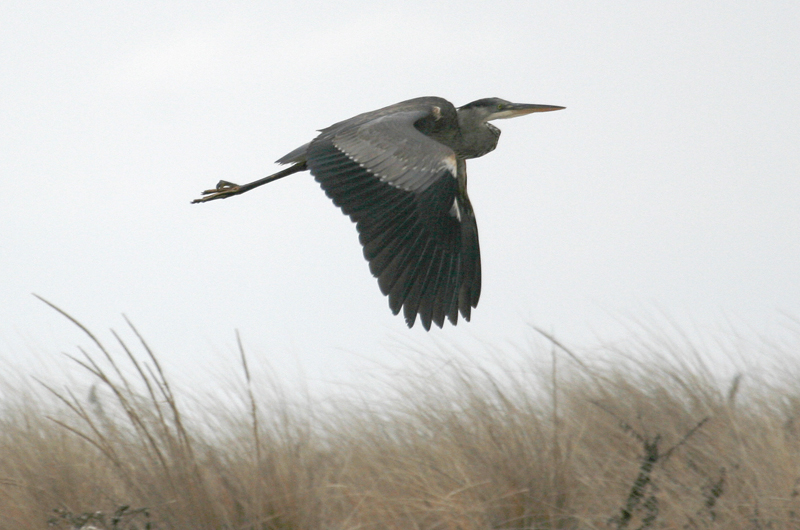
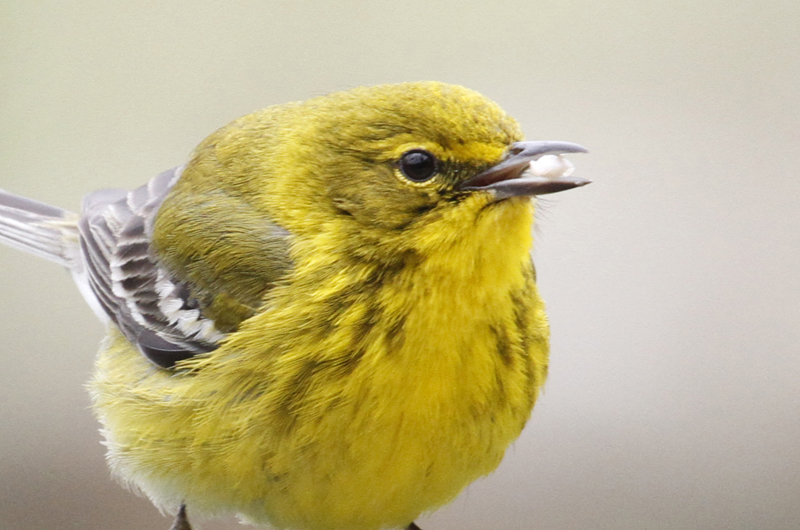
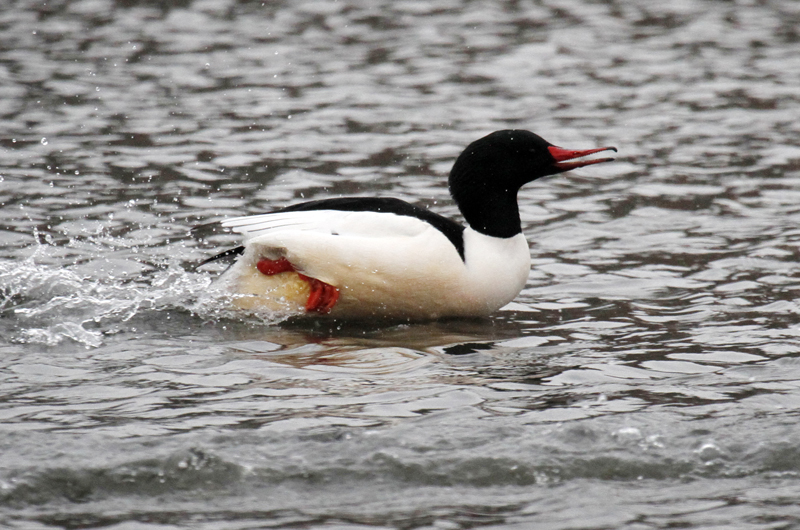


Comments
Comment policy »